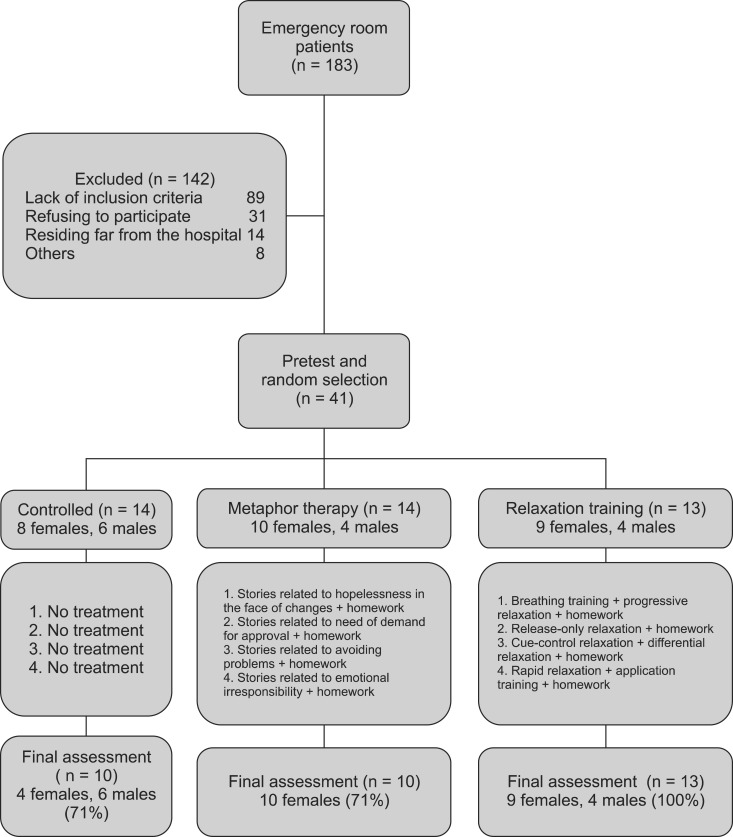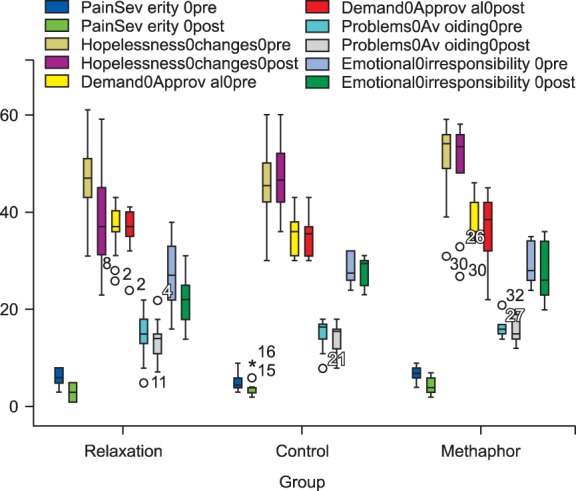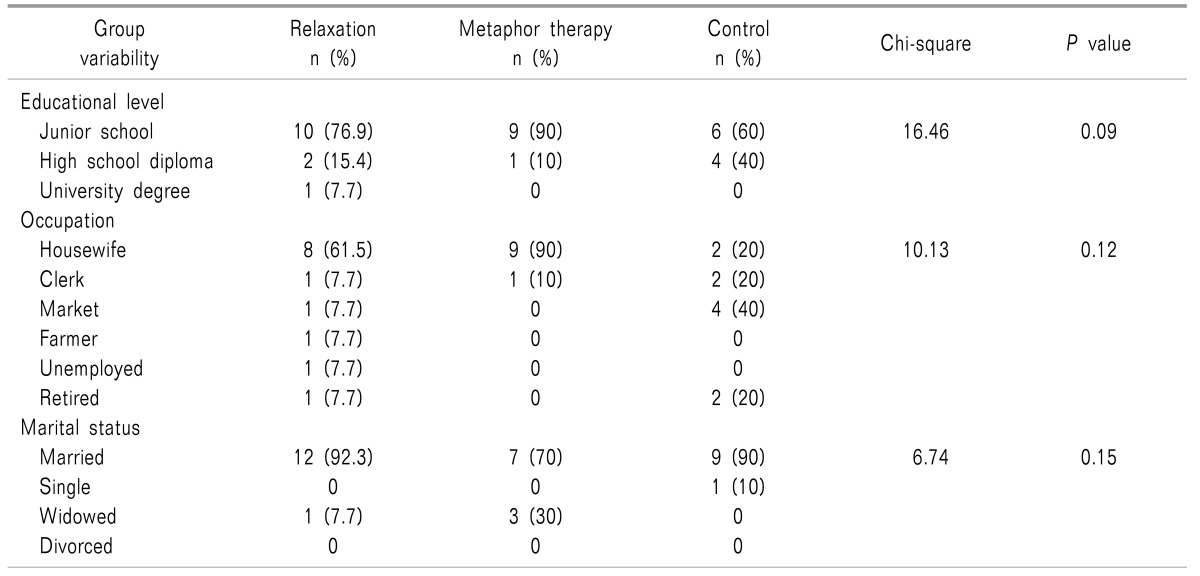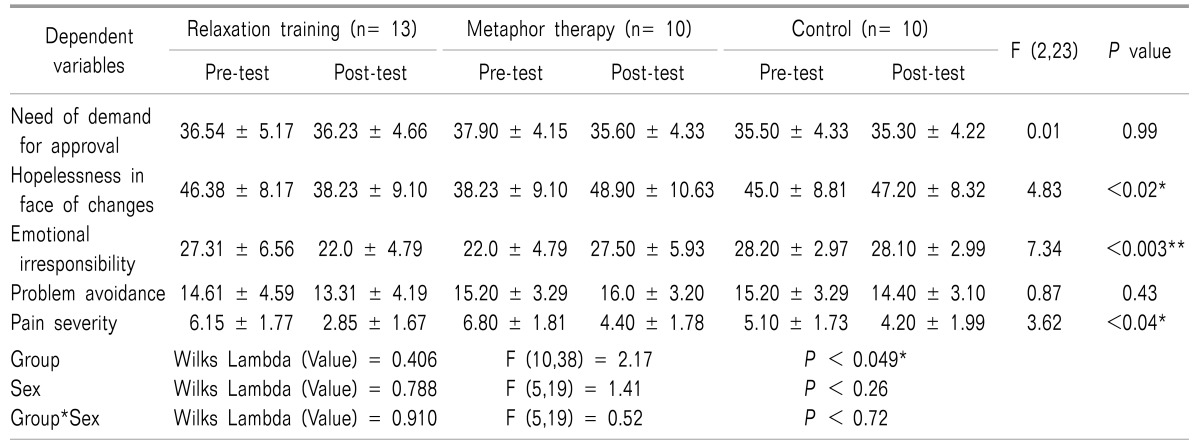1. Fass R, Navarro-Rodriguez T. Noncardiac chest pain. J Clin Gastroenterol. 2008; 42:636–646. PMID:
18364579.

2. Galmiche JP, Clouse RE, Bálint A, Cook IJ, Kahrilas PJ, Paterson WG, et al. Functional esophageal disorders. Gastroenterology. 2006; 130:1459–1465. PMID:
16678559.

3. Kontos MC, Diercks DB, Kirk JD. Emergency department and office-based evaluation of patients with chest pain. Mayo Clin Proc. 2010; 85:284–299. PMID:
20194155.

4. Jones MP, Venketesan T, Wulsin LR. Evaluation of noncardiac chest pain: toward a positive diagnosis. Hosp Physician. 2000; 36:54–69.
5. Eslick GD, Jones MP, Talley NJ. Non-cardiac chest pain: prevalence, risk factors, impact and consulting--a population-based study. Aliment Pharmacol Ther. 2003; 17:1115–1124. PMID:
12752348.

6. Bringager CB. A prospective follow-up study of chest pain patients - with emphasis on patients with panic disorder (Doctoral dissertation). Oslo: University of Oslo;2007.
7. Chignon JM, Lepine JP, Ades J. Panic disorder in cardiac outpatients. Am J Psychiatry. 1993; 150:780–785. PMID:
8386907.

8. Bass C, Mayou R. Chest pain. BMJ. 2002; 325:588–591. PMID:
12228139.
9. Barsky AJ, Cleary PD, Coeytaux RR, Ruskin JN. The clinical course of palpitations in medical outpatients. Arch Intern Med. 1995; 155:1782–1788. PMID:
7654112.

10. Bringager CB, Friis S, Arnesen H, Dammen T. Nine-year follow-up of panic disorder in chest pain patients: clinical course and predictors of outcome. Gen Hosp Psychiatry. 2008; 30:138–146. PMID:
18291295.

11. Jerlock M, Gaston-Johansson F, Danielson E. Living with unexplained chest pain. J Clin Nurs. 2005; 14:956–964. PMID:
16102147.

12. Donkin L, Ellis CJ, Powell R, Broadbent E, Gamble G, Petrie KJ. Illness perceptions predict reassurance following a negative exercise stress testing result. Psychol Health. 2006; 21:421–430.

13. McDonald IG, Daly J, Jelinek VM, Panetta F, Gutman JM. Opening Pandora's box: the unpredictability of reassurance by a normal test result. BMJ. 1996; 313:329–332. PMID:
8760739.

14. Webster RA. Psychological distress in non-cardiac chest pain patients: an application of the common sense model of illness representations (Doctoral dissertation). Sheffield: University of Sheffield;2012.
15. Cheng C, Wong WM, Lai KC, Wong BC, Hu WH, Hui WM, et al. Psychosocial factors in patients with noncardiac chest pain. Psychosom Med. 2003; 65:443–449. PMID:
12764218.

16. Van Peski-Oosterbaan AS, Spinhoven P, Van Rood Y, Van der Does WA, Bruschke AJ. Cognitive behavioural therapy for unexplained non-cardiac chest pain: a pilot study. Behav Cogn Psychother. 1997; 25:339–350.

17. DeGuire S, Gevirtz R, Hawkinson D, Dixon K. Breathing retraining: a three-year follow-up study of treatment for hyperventilation syndrome and associated functional cardiac symptoms. Biofeedback Self Regul. 1996; 21:191–198. PMID:
8805966.

18. Achem SR. Noncardiac chest pain-treatment approaches. Gastroenterol Clin North Am. 2008; 37:859–878. ixPMID:
19028322.

19. Mirzamani SM, Sadidi A, Salimi SH, Besharat MA. Validation of the persian version of the brief pain inventory. Acta Med Iranica. 2005; 43:425–428.
20. Ebadi GH, Motamedin M. The study of factorial structure of Jones irrational beliefs questionnaire in Ahvaz city. Knowl Res Psychol. 2005; 23:73–92.
21. Potts SG, Lewin R, Fox KA, Johnstone EC. Group psychological treatment for chest pain with normal coronary arteries. QJM. 1999; 92:81–86. PMID:
10209659.

22. Carroll D, Seers K. Relaxation for the relief of chronic pain: a systematic review. J Adv Nurs. 1998; 27:476–487. PMID:
9543032.

23. Castel A, Pérez M, Sala J, Padrol A, Rull M. Effect of hypnotic suggestion on fibromyalgic pain: comparison between hypnosis and relaxation. Eur J Pain. 2007; 11:463–468. PMID:
16889999.

24. Karami J, Komasi S, Maesoomi M, Saeedi M. Comparing the effectiveness of two methods of relaxation and interpersonal cognitive problem solving on decreasing anxiety and depression in cardiac rehabilitation patients. Urmia Med J. 2014; 25:298–308.
25. Kwekkeboom KL, Gretarsdottir E. Systematic review of relaxation interventions for pain. J Nurs Scholarsh. 2006; 38:269–277. PMID:
17044345.

26. Esler JL, Bock BC. Psychological treatments for noncardiac chest pain: recommendations for a new approach. J Psychosom Res. 2004; 56:263–269. PMID:
15046961.
27. Erickson MH, Rossi EL. The collected papers of Milton H. Erickson on hypnosis. New York (NY): Irvington;1980.
28. Haley J. Uncommon therapy. The psychiatric techniques of Milton Erickson. New York (NY): W. W, Norton & Company;1973.
29. Witztum E, van der Hart O, Friedman B. The use of metaphors in psychotherapy. J Contemp Psychother. 1988; 18:270–290.

30. Legowski T, Brownlee K. Working with metaphor in narrative therapy. J Fam Psychother. 2001; 12:19–28.





 PDF
PDF Citation
Citation Print
Print







 XML Download
XML Download